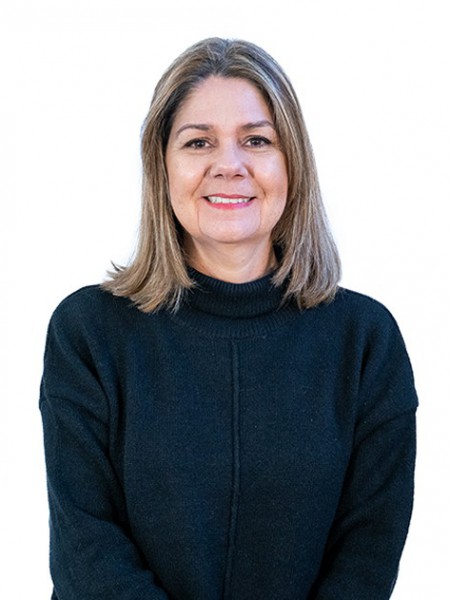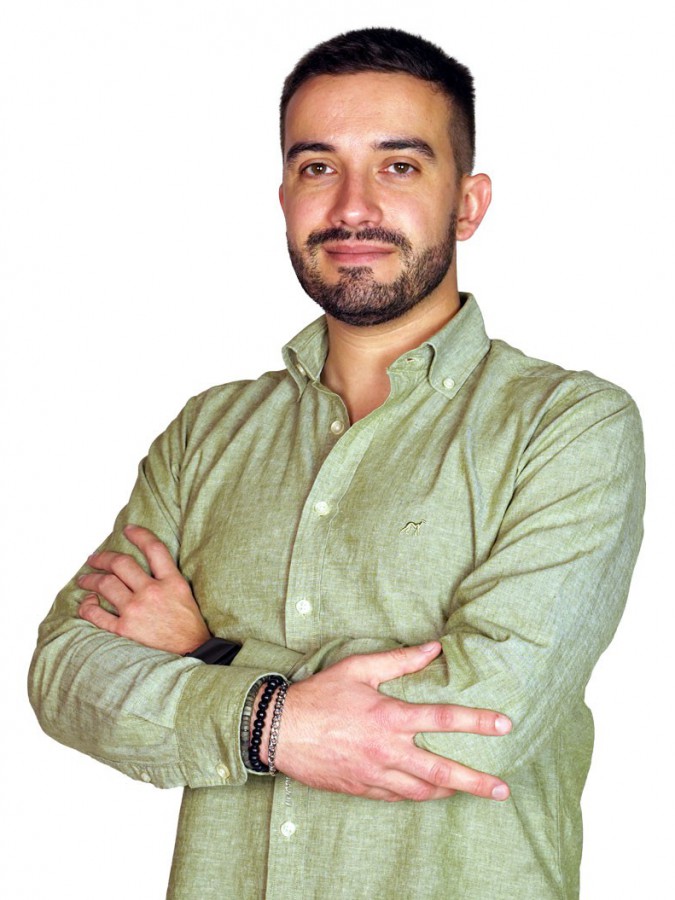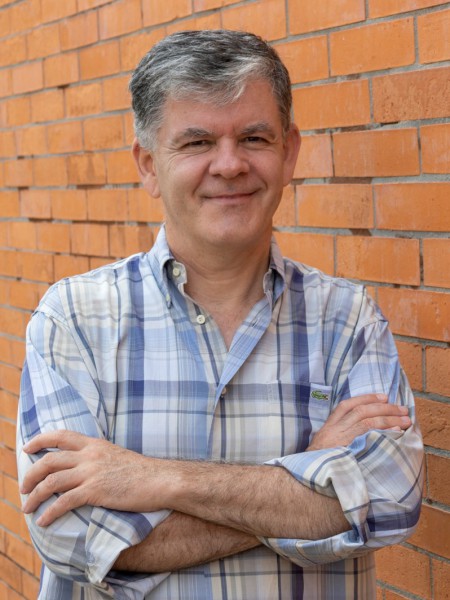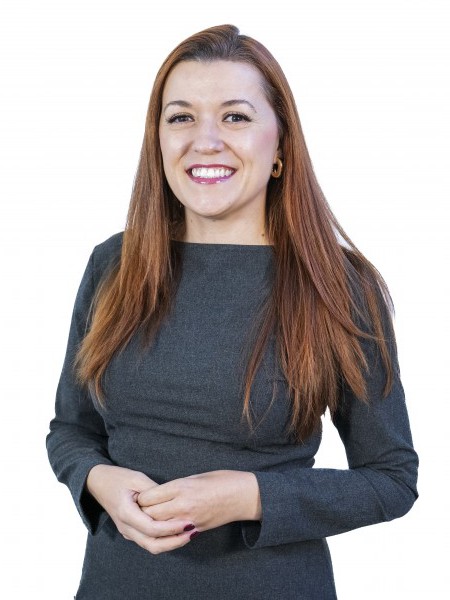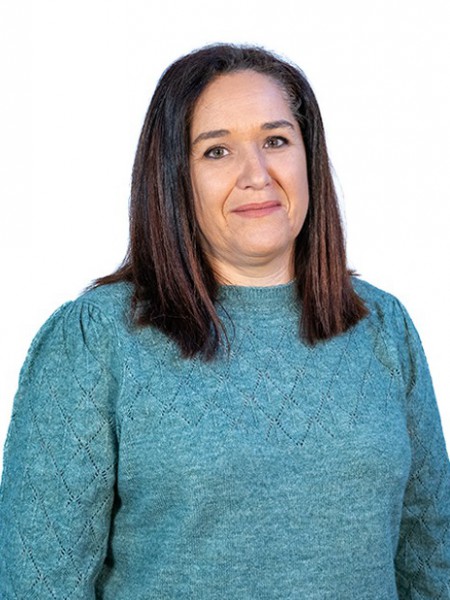resumo
Over the past few years, antibodies such as immunoglobulin G, IgG, have increased their market share as alternative therapeutics. However, their production at high purity levels is still costly due to the absence of a cost-effective platform for their recovery and purification from the complex biological media in which they are produced. This work describes, for the first time, that materials modified with ionic liquids (ILs) can be designed for the effective capture and purification of antibodies from complex matrices, allowing both the selective adsorption of IgG or the selective adsorption of other proteins present in the media. The best results correspond to IgG with 59 % of yield and 84 % of purity in the aqueous solution, and IgG with 76 % of yield and 100 % of purity on the surface of one SIL due to the selective adsorption of IgG from human serum. The best conditions and materials were then applied to other IgG-containing matrices, namely rabbit serum and Chinese hamster ovary (CHO) cell culture supernatants, proving the robustness of the developed strategy. Furthermore, it is demon-strated that the secondary structure of IgG is preserved during the purification process and that these antibodies remain biologically active. In summary, it is shown that by only changing the IL chemical structure at the material surface it is possible to selectively adsorb IgG or to adsorb other proteins leaving IgG in solution. These findings prove that SILs are customizable materials with future potential to act in the flow-through or bind-and -elute modes. Therefore, SILs can be envisioned as potential chromatographic columns capable of substituting the high-cost commercial chromatographic columns based on biological ligands currently used to purify IgG.
palavras-chave
PROTEIN-A CHROMATOGRAPHY; HUMAN SERUM-ALBUMIN; MONOCLONAL-ANTIBODIES; STATIONARY-PHASE; SELECTIVE ISOLATION; PURIFICATION; SEPARATION; EXTRACTION; CAPTURE; IGG
categoria
Engineering
autores
Capela, EV; Bairos, J; Pedro, AQ; Neves, MC; Aires-Barros, MR; Azevedo, AM; Coutinho, JAP; Tavares, APM; Freire, MG
nossos autores
Grupos
G4 - Materiais Renováveis e Economia Circular
G5 - Materiais Biomiméticos, Biológicos e Vivos
Projectos
CICECO - Aveiro Institute of Materials (UIDB/50011/2020)
CICECO - Aveiro Institute of Materials (UIDP/50011/2020)
Associated Laboratory CICECO-Aveiro Institute of Materials (LA/P/0006/2020)
PTNMR - Portuguese Nuclear Magnetic Resonance Network (REDE/1517/RMN/2005)
agradecimentos
This work was developed within the scope of the project CICECO-Aveiro Institute of Materials, UIDB/50011/2020, UIDP/50011/2020 & LA/P/0006/2020, financed by national funds through the FCT/MEC (PIDDAC) ; and within the project ?IL2BioPro?, PTDC/BII-BBF/30840/2017 funded by FEDER, through COMPETE2020, Programa Operacional Competitividade e Internacionalizacao (POCI) , and by national funds (OE) , through FCT/MCTES. National NMR Network, funded within the framework of the National Program for Scientific Re equipment, contract REDE/1517/RMN/2005 with funds from POCI 2010 (FEDER) and FCT.


